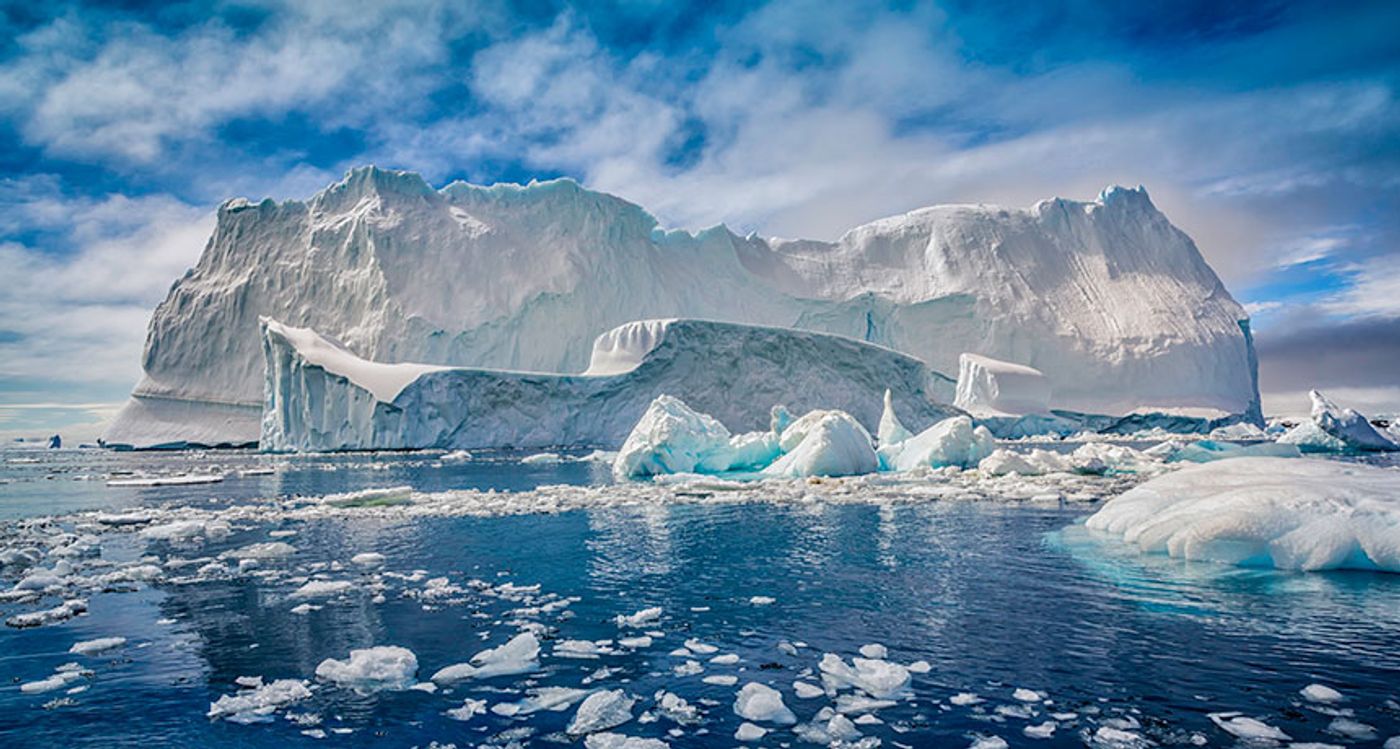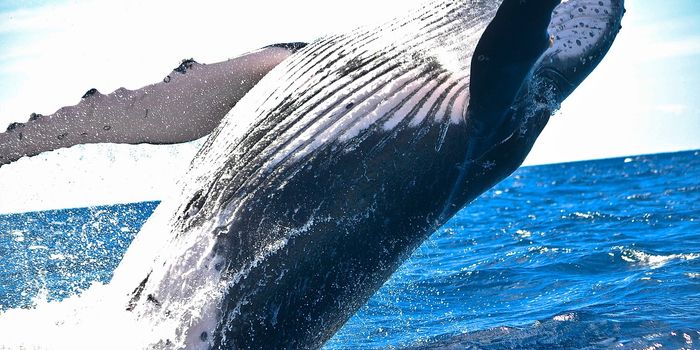Record low sea ice in Antarctic
The National Oceanic and Atmospheric Administration has reported that sea ice around Antarctica reached its lowest monthly record in January. Antarctic sea ice averaged 4.04 million square kilometers, 1.19 million square kilometers below the 1981 through 2010 average. The previous record low, set in 2006, was 280,000 square kilometers smaller.
Science News reports that two years ago Antarctica has its largest sea ice extent on record. Apparently sea ice in the Southern Hemisphere has been on a trend of growing since by about 3% per decade since recordkeeping began in 1979, although there has been significant variability from year to year.
It’s not clear that this is an immediate finger-pointing blame at climate change. Walt Meier, a research scientist with the Cryospheric Sciences Laboratory at NASA's Goddard Space Flight Center says that some of the variability could be due to the Southern Annular Mode, which, according to Meier, is a cyclical oscillation in the atmospheric circulation pattern, akin to the El Niño cycle. “It's an indication of how strongly the winds blow around the Antarctic continent," he stated.
For much of the past several years this pattern has been in a positive phase, which is conducive to winds that promote ice growth, reports CNN. "But towards the end of 2016, it shifted negative," according to Meier, which resulted in winds blowing from the north that restrict ice extent.
Although it is uncertain if the record low is in fact due to climate change, there is no doubt that it will spur further climate impacts in a sort of positive feedback mechanism. Concerns about sea-level rise, loss of wildlife habitat, warming of seas from albedo,and other climate impacts become more urgent the faster ice melts.
And the fact that record sea ice lows are happening simultaneously at both poles is equally disturbing. The U.S. National Snow and Ice Data Center (NSIDC) reported at the end of last year that both Arctic and Antarctic sea ice had hit record monthly lows in November: “For the globe as a whole, sea ice cover was exceptionally low,” it said.
Sources: CNN, Science News, Union of Concerned Scientists









